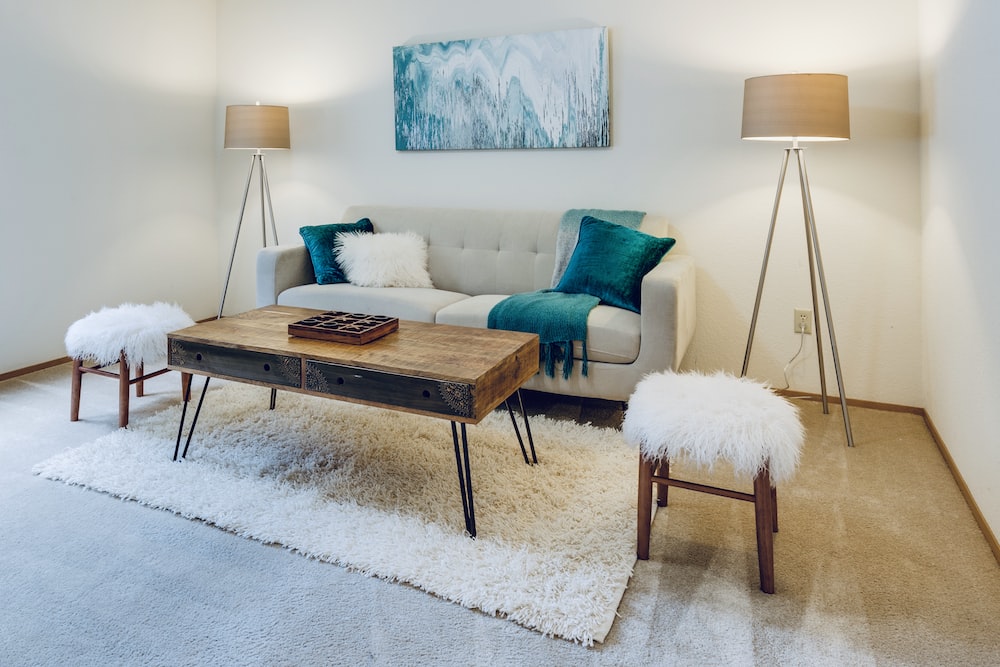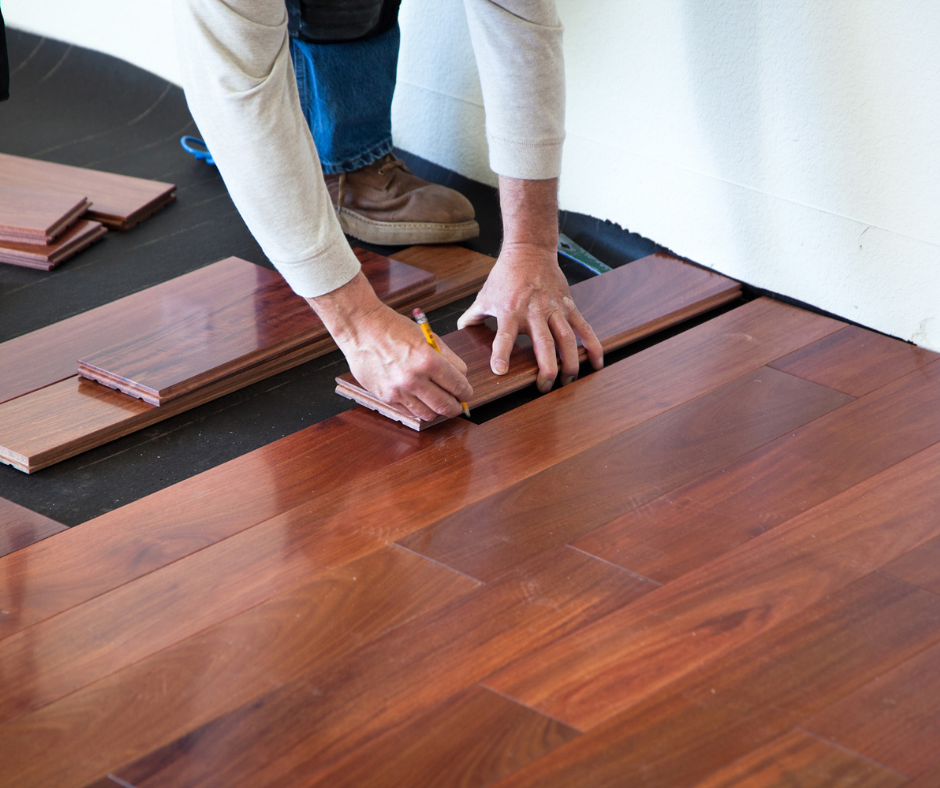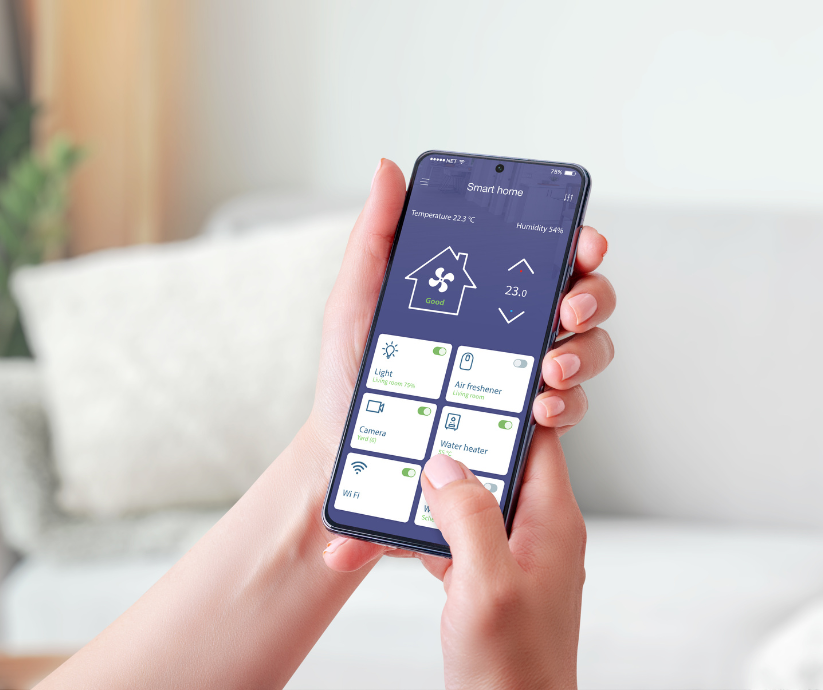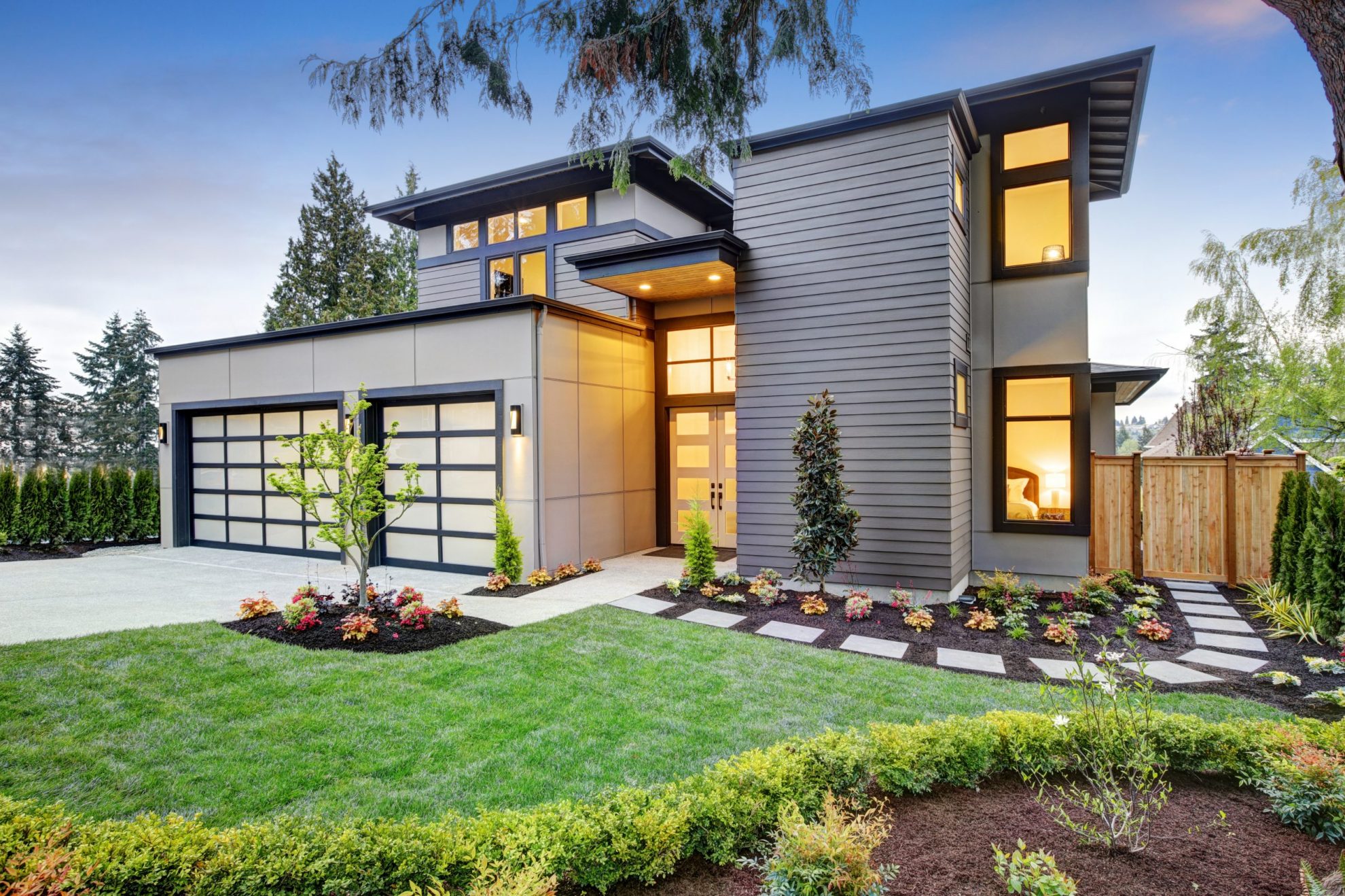Home staging is a powerful tool that can help sellers showcase their property in the best possible light, attract more potential buyers, and ultimately sell their homes for a higher price. In this comprehensive guide, we will explore the ins and outs of home staging, including its importance, benefits, and various strategies that sellers can employ to make their homes more appealing to potential buyers.
1. Introduction to Home Staging
What is Home Staging?
Home staging is the process of preparing a property for sale by enhancing its visual appeal and making it more attractive to potential buyers. This is achieved by strategically arranging furniture, accessories, and other decorative elements to highlight the home’s best features and create a welcoming atmosphere that encourages buyers to imagine themselves living in the space.
Why is Home Staging Important?
When selling a home, first impressions matter. A well-staged home can create a positive and lasting impression on potential buyers, helping to pique their interest and encourage them to take a closer look at the property. Moreover, a staged home can help buyers visualize themselves living in the space and see the potential of the property, making it easier for them to justify the asking price and submit an offer.
2. Benefits of Home Staging
Faster Sales
One of the primary benefits of home staging is that it can help sellers sell their homes more quickly. According to the National Association of Realtors (NAR), a well-staged home can spend up to 73% less time on the market compared to a non-staged home. This is because staged homes generally attract more interest from potential buyers, leading to more viewings and offers.
Higher Sale Prices
Home staging can also help sellers secure higher offers for their properties. In fact, the NAR reports that staged homes can sell for up to 6% more than their non-staged counterparts. This is because buyers are often willing to pay a premium for a home that looks move-in ready and requires minimal work or renovations.
Better Online Photos
In today’s digital age, the majority of home buyers begin their search for a property online. High-quality, professional-looking photos are essential for capturing the attention of potential buyers and encouraging them to schedule a viewing. A well-staged home is more photogenic and can lead to better online photos, increasing the chances of attracting prospective buyers.
Appeals to a Wider Audience
Home staging can help sellers appeal to a broader range of potential buyers by creating a neutral and universally appealing aesthetic. A staged home is depersonalized and free of clutter, allowing buyers to envision themselves living in the space without being distracted by the seller’s personal belongings or style preferences.
3. Key Areas to Focus on When Staging Your Home
Living Room
The living room is often the first room that potential buyers see when they enter a home, making it a crucial area to focus on during the staging process. To create a welcoming and inviting atmosphere, consider the following tips:
- Arrange furniture to create a comfortable conversation area
- Use neutral colors and accents to appeal to a wide range of buyers
- Remove personal items and clutter to make the room appear more spacious
Kitchen
The kitchen is often considered the heart of the home and can have a significant impact on a potential buyer’s overall impression of the property. To stage your kitchen effectively, consider the following tips:
- Clean or replace appliances so they look new
- Declutter countertops and cabinets to create a sense of ample storage space
- Add a few decorative elements, such as a bowl of fresh fruit or a vase of flowers, to make the space feel more inviting
Bathrooms
Bathrooms are another essential area to focus on when staging your home, as they can significantly influence a buyer’s perception of the property’s cleanliness and overall condition. To stage your bathrooms effectively, consider the following tips:
- Deep clean all surfaces, including tiles, grout, and fixtures
- Remove personal items, such as toiletries and bath towels
- Add fresh, neutral-colored towels and a new shower curtain to create a spa-like atmosphere
Bedrooms
The primary goal of staging a bedroom is to create a serene and relaxing environment that potential buyers can envision themselves resting in. To achieve this, consider the following tips:
- Use neutral bedding and window treatments to appeal to a wide range of buyers
- Remove personal items and clutter to create a sense of spaciousness
- Arrange furniture in a way that highlights the room’s best features and maximizes floor space
Outdoor Living Spaces
The exterior of your home is just as important as the interior when it comes to staging. To make the most of your outdoor living spaces, consider the following tips:
- Ensure that the lawn, landscaping, and exterior of the home are well-maintained and clean
- Create inviting outdoor seating areas or dining spaces
- Add colorful plants and flowers to enhance curb appeal
4. Home Staging Strategies
There are several different strategies that sellers can employ when staging their homes. These strategies can be tailored to suit individual needs, budgets, and property types.
Professional Home Staging
Hiring a professional home stager can be an effective way to ensure that your home is staged to the highest possible standard. Professional stagers have experience and expertise in creating visually appealing spaces that appeal to a wide range of buyers. They can also provide valuable advice on how to best showcase your home’s unique features and maximize its potential in the eyes of potential buyers.
Do-It-Yourself Home Staging
For those who prefer a more hands-on approach or have a limited budget, do-it-yourself home staging can be a viable option. This involves researching home staging tips and techniques, decluttering and depersonalizing the property, and arranging furniture and accessories to create a visually appealing and inviting space.
Virtual Home Staging
Virtual home staging is a relatively new strategy that involves using digital technology to create realistic, staged images of a property. This can be a cost-effective alternative to traditional staging, particularly for vacant homes or properties that require significant updates or renovations. Virtual staging can help potential buyers visualize the potential of a property and encourage them to schedule a viewing.
5. Home Staging Tips and Tricks
To help you stage your home effectively, here are some practical tips and tricks to keep in mind:
- Clean: A clean home is a must when it comes to staging. Ensure that every part of the house is spotless, from the floors to the ceilings, and everything in between. A clean home shows potential buyers that the property has been well-maintained and cared for.
- Declutter: Clutter can be distracting to potential buyers and make a home appear smaller than it actually is. Box up and store any items that are not essential for daily living, and consider donating or disposing of items that you no longer need.
- Depersonalize: To help buyers envision themselves in your home, remove all personal items, such as family photos, keepsakes, and personal collections. This creates a neutral canvas that appeals to a wider range of potential buyers.
- Focus on Fresh: Adding fresh plants or flowers to your home can create a welcoming atmosphere and give the space a fresh, vibrant feel. Additionally, be sure to address any lingering odors in your home, using natural solutions such as essential oils or baking soda to neutralize unpleasant smells.
- Define Rooms: Ensure that each room in your home has a clear purpose and function. This helps potential buyers understand how they can utilize the space and maximize the home’s square footage.
- Update Wallpaper and Paint: Outdated wallpaper or bold paint colors can be off-putting to potential buyers. Consider removing wallpaper and painting the walls in neutral, warm colors to create a more universally appealing backdrop.
- Upgrade Flooring: If your home has old or worn flooring, consider investing in updates, such as hardwood floors or new tile in the bathrooms and kitchen. High-quality flooring can add value to your home and make it more appealing to potential buyers.
- Improve Lighting: Take advantage of natural light by opening curtains and blinds, and ensure that all light fixtures are clean and in good working order. Adding additional lighting, such as floor lamps or table lamps, can also help to create a warm and inviting atmosphere.
- Select Appropriate Furniture: Ensure that the furniture in your home is of the right size and style for each room. Avoid overcrowding rooms with too much furniture, as this can make the space feel cramped and uninviting.
- Address Walls and Ceilings: Cracks or damage to walls and ceilings can be a red flag for potential buyers, as they may indicate underlying structural issues. Be sure to repair any visible damage to create a polished and well-maintained appearance.
6. The Cost of Home Staging
The cost of home staging can vary depending on the size of the property, the extent of the staging required, and whether professional services are used. On average, expect to pay between 1% and 3% of the home’s selling price for home staging services. However, this investment can often be recouped through a faster sale and a higher selling price.
7. Preparing for an Open House
An open house is an excellent opportunity to showcase your staged home to potential buyers. To ensure that your home makes the best possible impression during an open house, consider the following tips:
- Conduct a thorough cleaning and decluttering of the property
- Open all curtains and blinds to let in natural light
- Ensure that the home is well-lit and inviting
- Add fresh flowers or plants for a welcoming touch
- Set out fresh, neutral-colored towels in the bathrooms
8. The Impact of Home Staging on Buyer Perception
Home staging can significantly influence how potential buyers perceive a property. A well-staged home can create a positive and lasting impression, making it more likely that buyers will submit an offer or express interest in the property. Additionally, home staging can help buyers visualize themselves living in the space, making it easier for them to justify the asking price and commit to a purchase.
9. Home Staging Success Stories
There are numerous success stories when it comes to home staging, with many sellers reporting that their staged homes sold faster and for higher prices than non-staged properties. This demonstrates the power of home staging as a marketing tool and its ability to generate tangible results for sellers in the real estate market.
10. Conclusion
In conclusion, home staging is an essential aspect of preparing a property for sale. By investing in home staging, sellers can create a more appealing and inviting home that attracts potential buyers, leading to faster sales and higher selling prices. By following the tips and strategies outlined in this guide, sellers can maximize the potential of their homes and ensure a successful sale.









